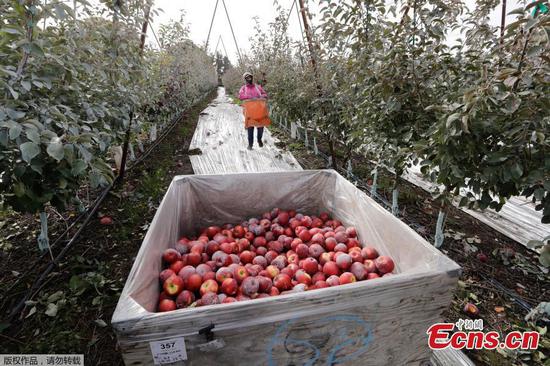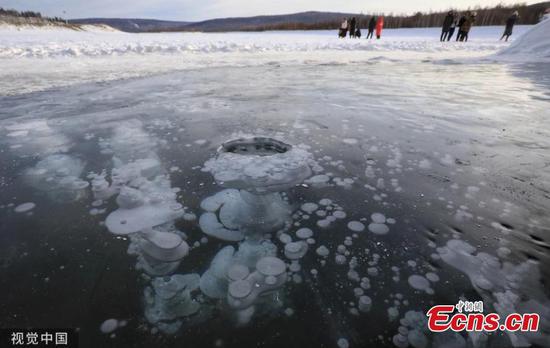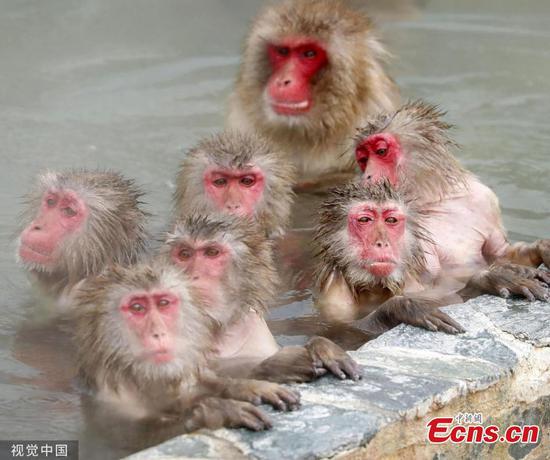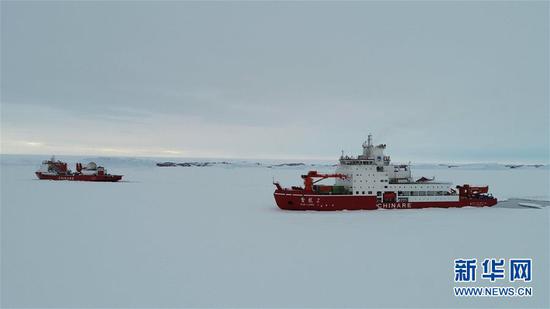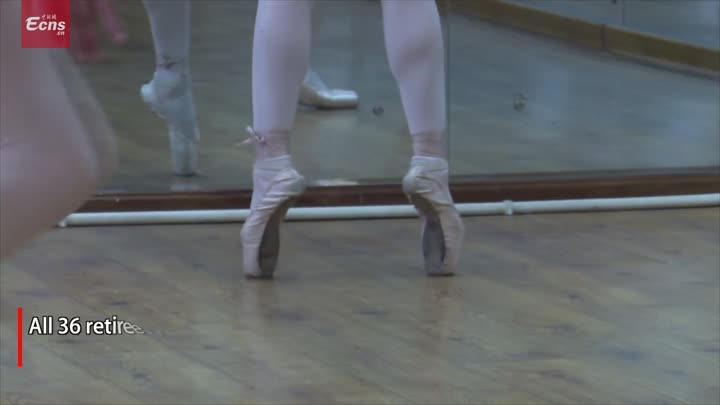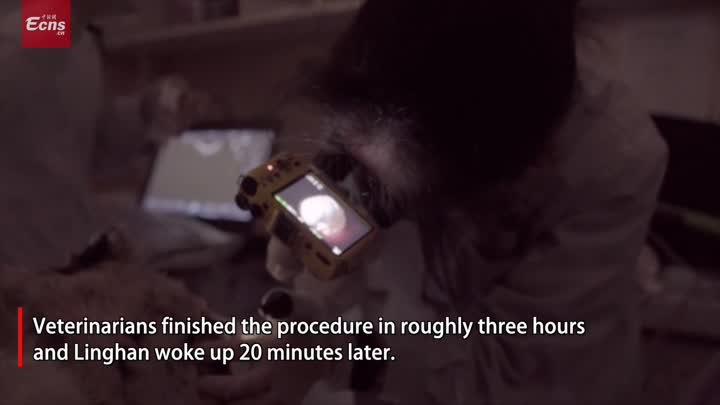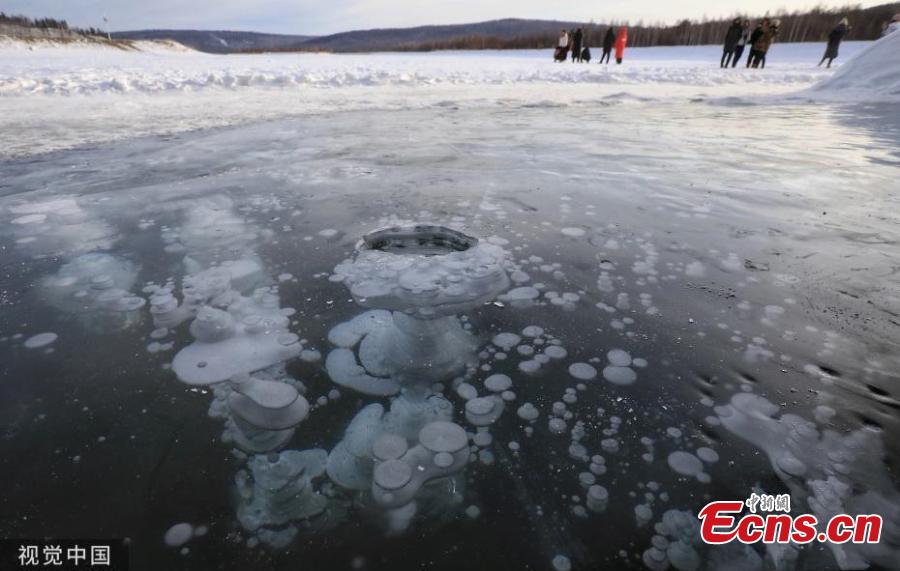
In China's northernmost city of Mohe, Heilongjiang Province, frozen methane bubbles draw visitors and photographers. The phenomenon only appears in the cold region and is caused by dead organic matters. The microorganisms decompose organic matters, releasing methane. When the temperature plunges, the methane bubbles froze in ice and form a series of frozen bubbles. (Photo/VCG)
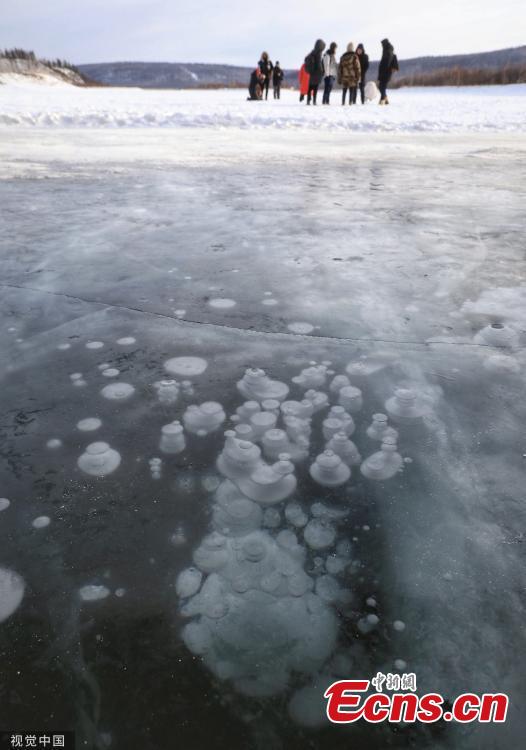
In China's northernmost city of Mohe, Heilongjiang Province, frozen methane bubbles draw visitors and photographers. The phenomenon only appears in the cold region and is caused by dead organic matters. The microorganisms decompose organic matters, releasing methane. When the temperature plunges, the methane bubbles froze in ice and form a series of frozen bubbles. (Photo/VCG)
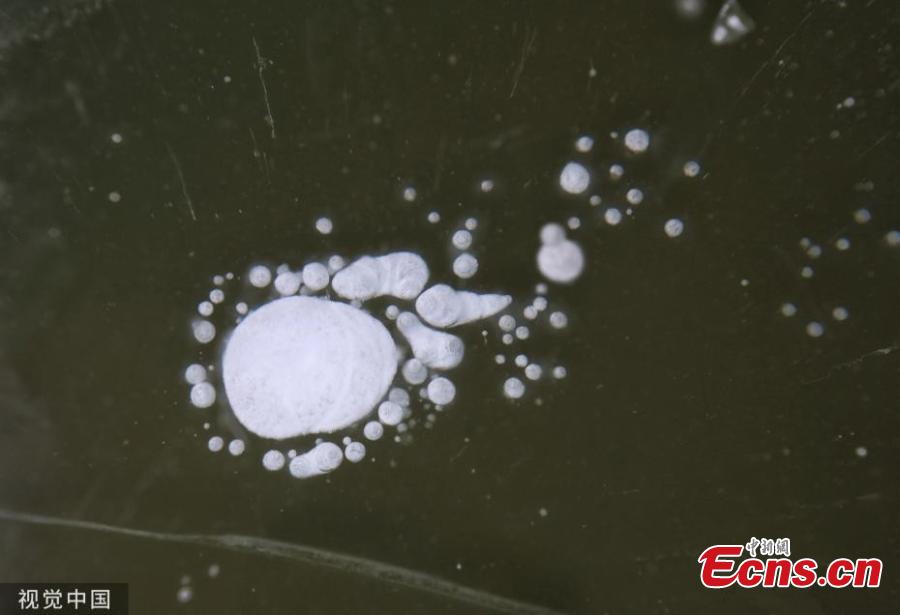
In China's northernmost city of Mohe, Heilongjiang Province, frozen methane bubbles draw visitors and photographers. The phenomenon only appears in the cold region and is caused by dead organic matters. The microorganisms decompose organic matters, releasing methane. When the temperature plunges, the methane bubbles froze in ice and form a series of frozen bubbles. (Photo/VCG)
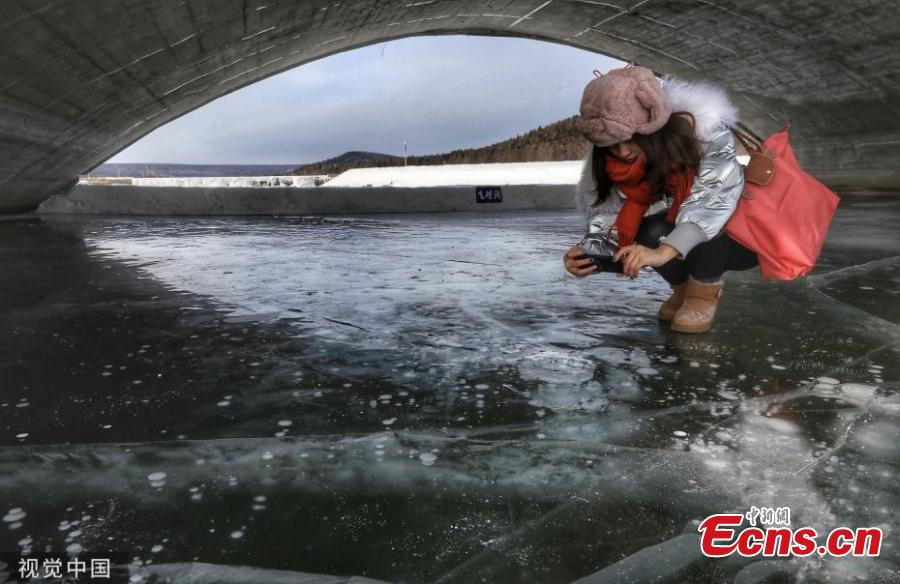
In China's northernmost city of Mohe, Heilongjiang Province, frozen methane bubbles draw visitors and photographers. The phenomenon only appears in the cold region and is caused by dead organic matters. The microorganisms decompose organic matters, releasing methane. When the temperature plunges, the methane bubbles froze in ice and form a series of frozen bubbles. (Photo/VCG)










